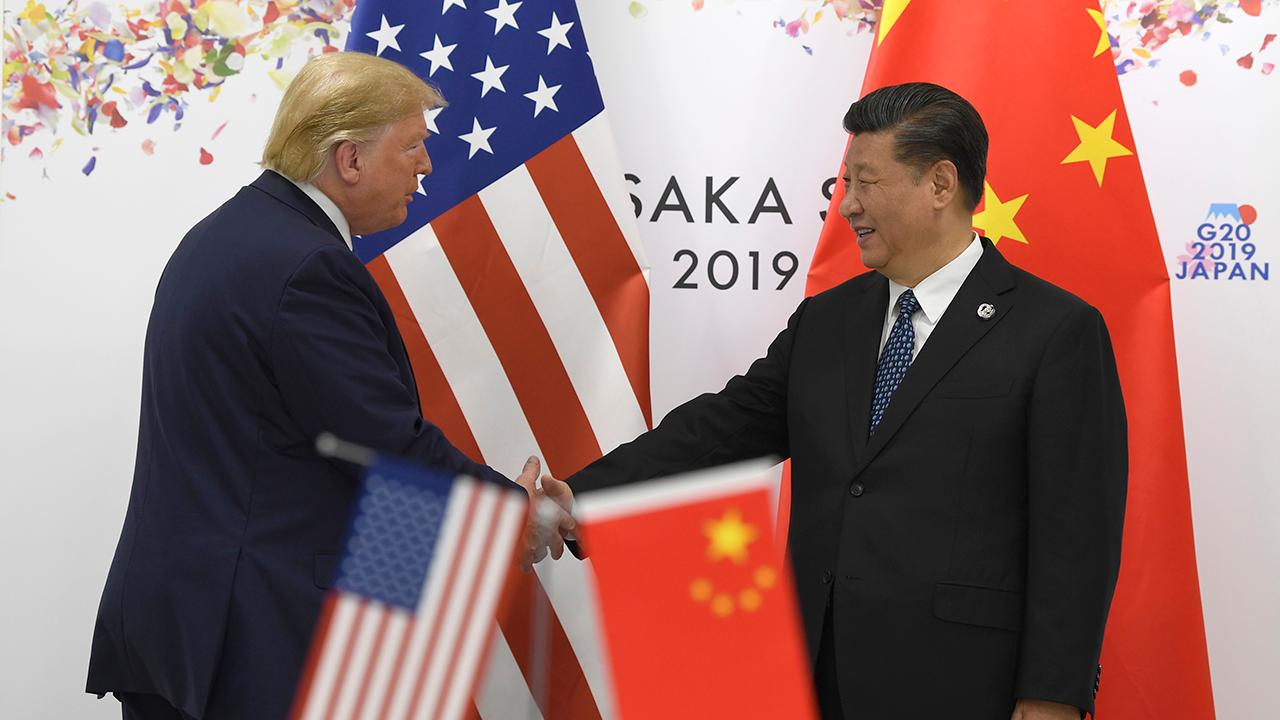China's tariffs on US food imports is helping these countries
Over the course of the year-long trade war with the U.S., China has imposed tariffs on $185 billion worth of American goods — a slew of which targets food producers across a number of different industries.
For American food exporters, the situation has become increasingly dire: In mid-August, Beijing announced that it would impose additional tariffs on $75 billion worth of U.S. exports, hitting soybeans, lobster and other agricultural goods with an even higher import duty than before.
The move was largely symbolic, however. According to the Peterson Institute of International Economics, although China increased tariffs on soybeans to 30 percent from the 25 percent that had been in effect since last July, it had already essentially stopped purchasing the oil seed from the U.S.
In 2017, the U.S. exported a staggering $12.2 billion in soybeans to China. That plummeted to $3.1 billion in 2018, according to Census data.
But as the U.S. scrambles to find new buyers, China has turned to other countries for its food supply.
Already, Beijing has stepped up its purchases of soybeans from Brazil and Argentina, according to PIIE. Chinese buyers are rapidly scooping up soybeans from Brazil, according to Bloomberg News, sending premiums of the oil seed up in the country. It’s since replaced the U.S. as the biggest supplier of soybeans to China, which is the world’s biggest consumer of soybeans.
Those two nations aren’t the only ones to benefit from the trade war.
China used to be the second-largest importer of Maine lobster and bought a record 17.8 million pounds from the U.S. in 2017. But exports of U.S. lobster -- now accompanied by a 45 percent tariff -- to Beijing plunged last year, falling by 80 percent.
Instead, China began purchasing its lobster from Canada.
American wheat farmers also started losing out to their northern neighbors.
In a report last week, the U.S. Department of Agriculture wrote that “Canada’s share of total Chinese imports of wheat has rocketed above 60 percent in MY 2018/19, up from 32 percent in MY 2017/18, as U.S. wheat exports to China have plunged.”
Even as tariffs on U.S. goods have increased, China has actually cut duties on imports from American rivals, reducing them, on average, by 6.7 percent, PIIE economist Chad Brown wrote at the beginning of June.
“Consumers in China now had another reason to switch away from American suppliers,” he said.
